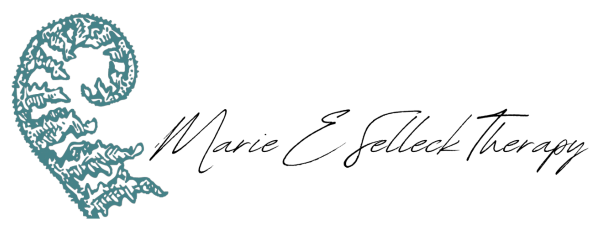Is Brainspotting Like Hypnosis? The Truth About These Two Powerful Therapies
People often ask me if brainspotting is just another form of hypnosis. It's a fair question. Both therapies can look mysterious from the outside. Both seem to work with the mind in ways that feel different from regular talk therapy. But here's the straight truth: while they share some similarities, they're fundamentally different approaches.
As someone who specializes in Brainspotting, I don't offer hypnosis in my practice. However, I want you to understand both options so you can make informed choices about your healing journey.
What Actually Happens in Each Therapy
In hypnosis, a therapist guides you into a deeply relaxed state. Your conscious mind takes a back seat while your subconscious becomes more open to suggestions. You might feel drowsy or dreamy. The goal is to bypass your usual mental defenses and plant helpful ideas directly into your deeper mind.
Brainspotting works differently. You stay fully awake and aware. Instead of relaxation, we're looking for activation. I help you find specific eye positions—called brainspots—that connect to where trauma or emotional pain lives in your brain. Your eyes might dart around or feel drawn to certain spots. This isn't about getting sleepy. It's about getting connected to what your brain already knows.
The Role of Your Conscious Mind
Here's where these therapies really differ. Hypnosis asks your conscious mind to step aside. That analytical part of you that questions everything? The hypnotist wants it to quiet down so they can work with deeper layers.
In Brainspotting, I want your conscious mind to stay present as a witness. You're not zoning out or going under. You're observing what comes up—memories, feelings, body sensations—while your brain processes and heals itself. Your job is to notice, not to analyze or fix.
How Control Works in Each Approach
In hypnosis, the therapist takes more of the lead. They're guiding the process, offering suggestions, and directing where the session goes. You're following along, letting them steer the ship while you're in that relaxed state.
Brainspotting flips this around. Your brain is in charge. I'm just helping you find the right brainspot and then staying out of the way. Your nervous system knows what it needs to process and heal. My job is to create safety while your brain does its work.
“In Brainspotting, my job is to create safety while your brain does the work.”
What the Experience Feels Like
People describe hypnosis as floating, dreamy, or like being in a trance. Time might feel different. You might not remember everything that happened during the session.
Brainspotting feels more like being plugged into your own emotional and physical experience. You might feel intense emotions, remember forgotten events, or notice body sensations you've been ignoring. It can be intense, but you're fully present for all of it.
Why People Confuse Them
Both therapies can produce powerful shifts that seem to come from nowhere. Both work with parts of your mind that regular conversation doesn't always reach. Both can bring up memories or feelings that surprise you.
But the mechanisms are completely different. Hypnosis works through the power of suggestion and the relaxed state. Brainspotting works through your brain's natural ability to heal when it feels safe and connected.
When Each Approach Makes Sense
Hypnosis shines when you need to plant new beliefs or break old patterns. It's particularly helpful for habits, phobias, or when you want to install positive suggestions. The relaxed state makes your mind more open to accepting new ideas about yourself and your capabilities.
Brainspotting excels at processing stuck emotions and trauma. When guilt and shame feel trapped in your body, when you can't think your way out of pain, Brainspotting helps your nervous system complete what it couldn't finish before. It's especially powerful for those moments when you know something is wrong but can't put words to it.
Both approaches can address the deep-seated beliefs that fuel guilt and shame. Hypnosis might help you accept forgiveness and self-compassion on a subconscious level. Brainspotting helps you process the original wounds that created those harsh inner critics in the first place.
The Bottom Line
Brainspotting isn't hypnosis in disguise. They're different tools for different jobs. Hypnosis uses relaxation and suggestion to create change. Brainspotting uses focused attention and natural brain processing to release what's stuck.
Both have their place in healing. Both can be powerful. While I specialize in Brainspotting rather than hypnosis, I believe the key is finding what works for your unique brain and your specific needs.
Don't let anyone tell you that one approach is better than the other. The best therapy is the one that helps you feel more like yourself—without the weight of old guilt and shame holding you back.
If you're curious about Brainspotting specifically, it can help with trauma, anxiety, depression, grief, chronic pain, addiction recovery, performance blocks, and those stubborn feelings of guilt and shame that keep you stuck. The beauty of Brainspotting is that it works even when you can't find words for what you're experiencing.
Ready to explore how Brainspotting might help you? I'd be happy to discuss whether this approach could be right for your healing journey. Marie E Selleck Therapy offers therapy in Grand Rapids, MI as well as online in Michigan, Florida, and Arizona. Your brain already knows how to heal—sometimes it just needs the right conditions to do its work. You've taken the first step by learning about your options. Trust yourself to take the next one.


